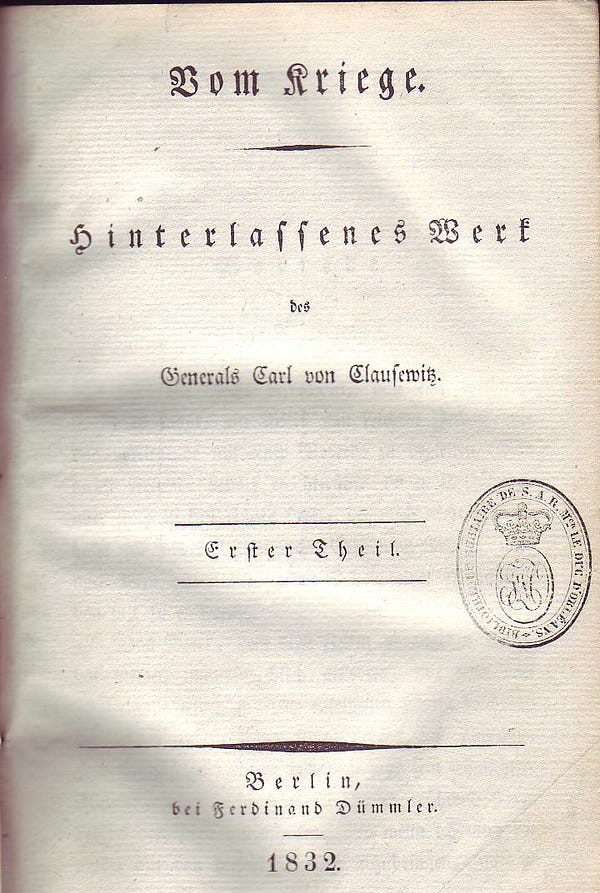Feb 16, 2015
The Geneva Conventions do exist, but they are often the last things in mind in the immediate aftermath of a capture, least of all by barbaric organisations like the ISIS that has never heard of the Geneva Conventions, and reject them even if they have.
Like an expanding puddle of toxic sewage, the ISIS is steadily reaching out of Syria, northwest towards Lebanon and the Turkish border, and south towards western and central Iraq. These regions have always been regarded as part of India’s near-abroad, where India has substantial economic interests, as well as a large transient Indian workforce, who are often threatened and swept into the intensifying regional conflicts there between government forces and multiple jihadi factions, some, nothing more than criminal gangs masquerading as “holy warriors”.
The ISIS is said to be headed by a supreme imam, at present, Abu Bakr al-Baghdadi, who has issued a fatwa for the establishment of an “Islamic Republic of Khorassan”, a Khilafat or Caliphate with geographical dimensions which incorporate large parts of India as well, a clear statement of intent which is bad news for India.
The ISIS views Islam as locked in an existential conflict with the West, which has invaded “Muslim lands” a reference to foreign expeditionary forces now operating in Afghanistan, Iraq, “AfPak” and elsewhere, under the directives and leadership of the “Great Satan” America and its Nato allies. The call echoing from preachers’ pulpits, to restore the lost glories of Islam and return to its pristine (sic) sanatan form is finding many takers amongst younger generations settled outside the Islamic world, particularly those in the “corrupt” environments of Europe, America, where they enjoy lifestyles and a standards of living unthinkable in their countries of origin.









